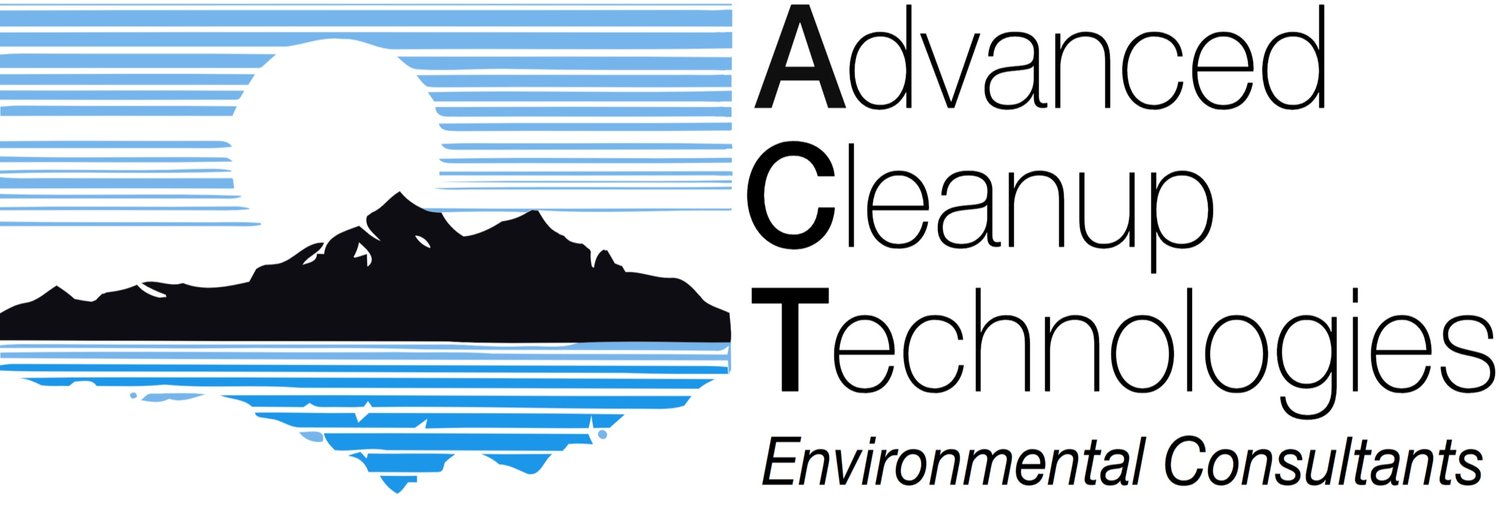Phase II Environmental Site Assessments
Since its founding in 1986, ACT has developed a Phase II Environmental Site Assessment (Phase II ESA) that thoroughly investigates the specific areas of environmental concern, while minimizing the time, cost and uncertainties to the parties involved. Our in-house staff and field crews are capable of collecting and analyzing environmental samples from every media without subcontractor costs and delays. We have performed thousands of Phase II ESAs for every type of land use and are experienced at identifying conditions that could impact upon a property’s environmental quality.
The Phase II ESA is an environmental investigation designed to determine whether recognized environmental conditions identified during a Phase I ESA have physically impacted the environmental quality of a property. ASTM adopted a Standard Practice for Environmental Site Assessments: Phase II Process in 2019 (ASTM E1903-19). New York State Department of Environmental Conservation’s technical regulations (NYSDEC DER-10, 6 NYCRR 375, NYSDOH VI Guidelines) provide formal procedures for conducting Phase II ESAs for regulatory approval. New York City Office of Environmental Remediation (NYCOER) has specific protocols for performing Phase II ESAs that consider the location and size or a property as well as its historical and planned future uses.
Whether there is a need to know the integrity of an underground storage tank or the quality of soil, soil vapor or groundwater, ACT has the personnel and equipment to get the job done as fast and inexpensively as possible. This professional quality allows ACT to efficiently identify indications of potentially harmful and expensive environmental impacts. That’s why our Phase II ESAs are utilized by property owners, developers, financial institutions and regulatory agencies as valid proof of a property's environmental condition and value.
Standard ASTM Phase II ESAs
The standard Phase II ESA is intended to address issues raised in the Phase I ESA and usually includes the collection of soil, soil vapor and groundwater samples. Geophysical investigations using Ground-Penetrating Radar (GPR) and utility locating equipment are performed if underground structures such as buried gasoline or fuel oil tanks or drainage and septic systems are suspected of being present at a property. All samples are analyzed by certified laboratories and the results summarized in a Phase II Environmental Site Assessment Report.
NYCOER E-Designation Hazmat Investigations
Many properties in New York City are E-designated for hazardous materials testing. The New York City Mayor’s Office of Environmental Remediation (NYCOER) has specific protocols for performing Phase II ESAs that take into account the location and size or a property as well as its historical and planned future uses. The NYCOER requires much more testing at higher cost than a standard Phase II ESA. But a Phase II ESA accepted by the NYCOER gives you the basis for a Notice To Proceed, building permit and high level of assurance that the property has been thoroughly investigated
NYSDOH Soil Vapor Intrusion Studies
A Soil Vapor Intrusion (SVI) Study determines whether indoor air quality has been impacted by soil vapor beneath a building. SVI Studies include the simultaneous sampling of sub-slab soil vapor and indoor air in accordance with NYSDOH “Guidance for Evaluating Soil Vapor Intrusion in the State of New York.” This sampling is also extremely non-intrusive and usually takes 4 to 8 hours for commercial and industrial buildings and 24 hours for residential buildings. The certified laboratory results can also be available within 24 hours.
NYSDEC Site Characterizations and Remedial Investigations
To obtain a “No Further Action” letter, the NYSDEC requires an investigation known as a Site Characterization that meets technical requirements of NYSDEC’s technical regulations, DER-10.
The scope and cost of a Site Characterization depends upon the type of contamination and geology that may present, historical uses of the property and surrounding neighborhood. If contamination is confirmed, a more comprehensive Remedial Investigation may be required to determine the need for remedial activities and their cost.





